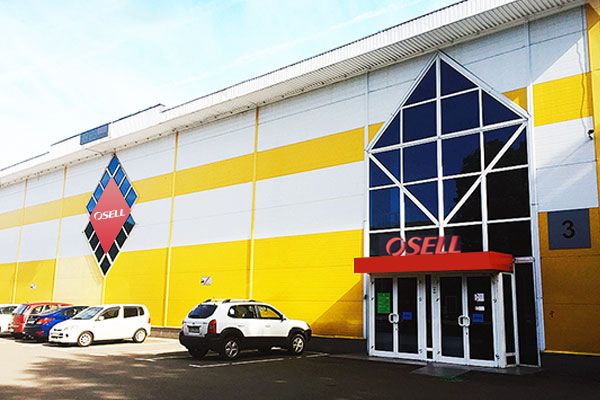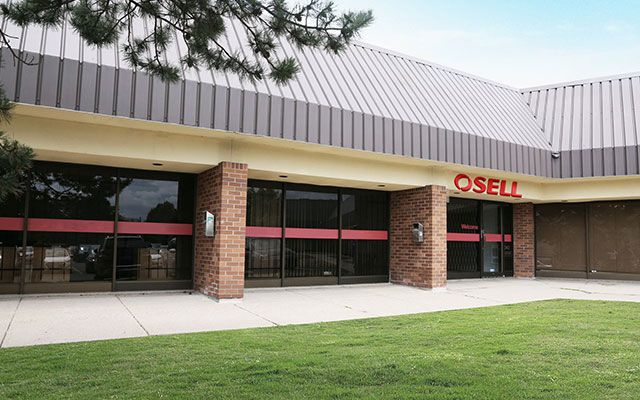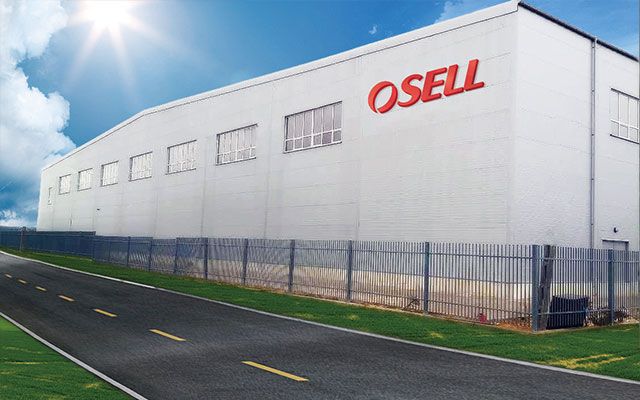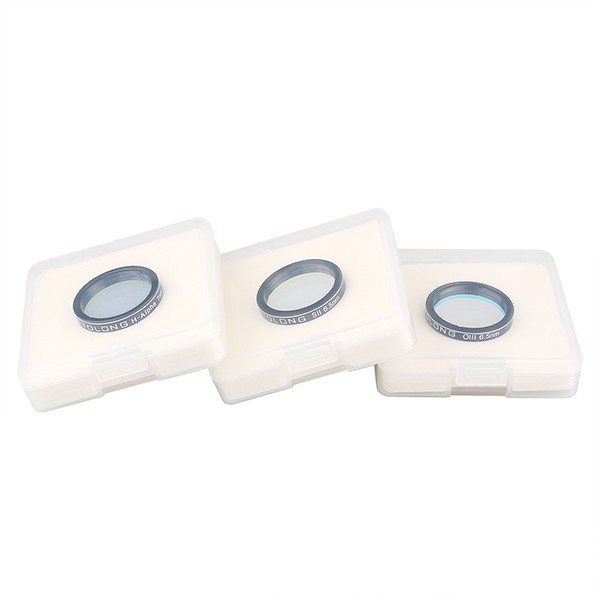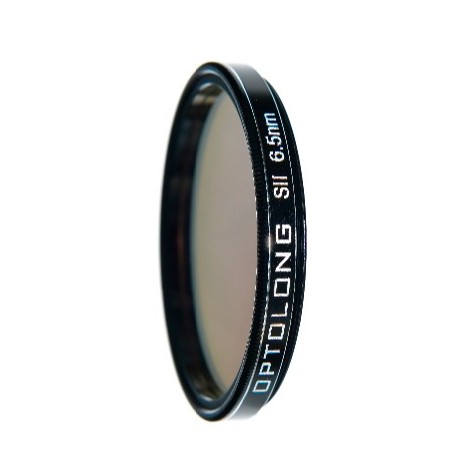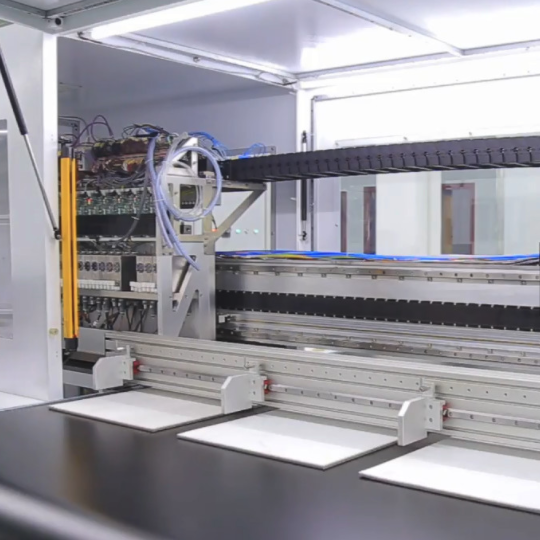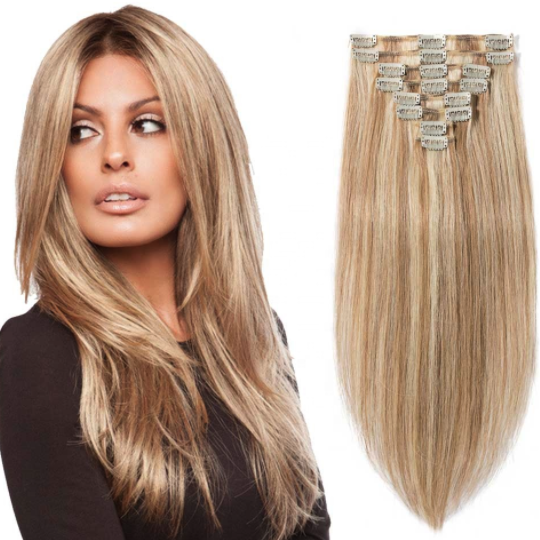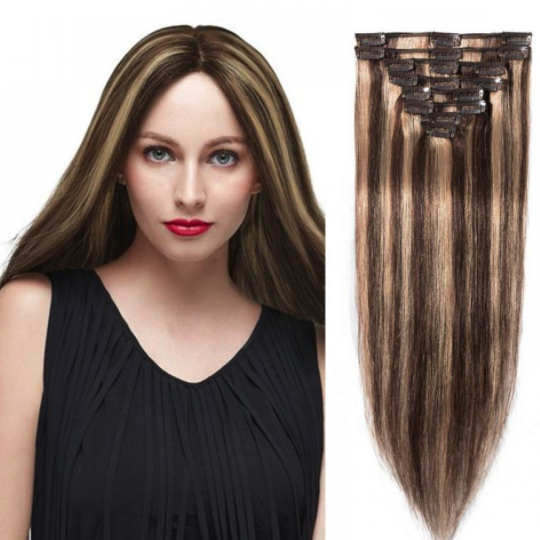OPTOLONG SIICCD 6.5NM FILTER

Extra narrowband SIICCD 6.5nm filter (Sulful II for CCD) is designed for nebula observation allowing 12nm ba
ndwidth of light centered on a wavelength of 672nm through, and reducing the transmission of certain wavelengths of light, specifically those produced by artificial light including mercury vapor, and both high and low pressure sodium vapor lights and the unwanted natural light caused by neutral oxygen emission in our atmosphere (i.e. skyglow).


Main Use and Performance
Use with H-alpha and OIII-CCD narrowband filters(SHO Set) for tricolor CCD astrophotography.Narrowband imaging with SHO set (H-alpha,OIII-CCD and SII-CCD) can be done with themoon up in heavy light pollution, so your equipment is not sitting dormant for several weeks.Hubble look of images can be made by the combination of H-alpha, OIII-CCD and SII-CCD,such as the famous “Pillars of Creation” (M16 Eagle Nebula).Narrowband filter do not eliminate the effects of light pollution or increase the object’s brightness. In many cases, they increase the contrast between nebula and night sky, not brightening the nebula.WARNING: The filters of Optolong are notdesigned for sun observation. DO NOT LOOK ATTHE SUN WITH OPTOLONG FILTER. You wouldbe BLIND if you fail to observe the warning.
Technical Data
Schott substrate material
Thickness 2.0 mm
Surface Quality: 60/40 (Refer to MIL-O-13830)
Fine-optically polished to ensure accurate 1/4 wavefront and < 30 seconds parallelism over the both surfaces80% transmission at SII line 672nm Infrared wavelength 700-1100nm cut-off 0.1% transmission of off-band, specifically the major emissionlines of artificial light pollution (i.e. Na 589nm, Hg 435nm and 578nm). Transmission of 0.1% is equivalent to OD3 (Optical Density), and a high optical density value indicates very low transmission, and low optical density indicates high transmission.
Coating Parameter
Multi-layers anti-reflection coating
Non-cementing optical substrate coating
Electron-beam gun evaporation with Ion-assisted deposition coating technology for durability andresistance to scratching, as well as stability on CWL(central wavelength) no deviation affected by temperature change.
Planetary rotation system offers precision and homogeneity of coatings ensuring high value on
transmission of pass-band and Optical density of off-band.
Sepecturm curve

Size
Standard 1.25” & 2” | Round 36mm Unmounted
Packaging &shipping
Packaging details: 1.25" L-Pro filter*1
Color paper box*1
PP plastic case*1
Test report*1
Instruction*1
Installation guide*1
Delivery details: 2-5 working days after payment received
FAQ
1. Why do we need a light pollution suppression filter?
The astrophoto is more easily washed out by sky background, or overposed, which makes the longer exposure impossible. But we all know that it is important to expose your images so that faintest detail is not impacted by noise of your DSLR camera (CCD). Light pollution filters are designed to block wavelengths of skyglow, and more generally light pollution, and passing other wavelengths(particular the nebula lines), thus allowing longer astrophoto exposures to be made filters blocking light pollution while not weaken signals of objects. It is true that longer exposure times with light pollution filters work while exposure effects will not change with or without filters.
2. Is it enough that only one filter work on all objects?
No. it isn't. Different filter has different degree of suppression. Filter designed to select specific narrow emission lines may suppress broad parts of the spectrum, decreasing the light from broadband source even more than filters designed for balanced color photography. Broadband filter such as L-Pro filter performance better than UHC filter for full spectrum objects. But for emission line objects and serious light pollution areas, UHC is a good choice.
3.There is some problem with the product design. Could you help us to resolve the problem?
We are much appreciate supply you product design. With years of developing, we have much experience and own understanding of coating design according to different applications. There is much we could do for you.
4. Could Optolong support on prototype for sample offer?
There is no MOQ requirement for the prototype filters. We even could offer free samples for OEM according to the condition.
5. Could Optolong supply OEM for customer?
Yes, we could. Send us your data details which your requirement. Our technical engineer will design products for you. Furthermore, Optolong standard products also welcome.
Kunming Optolong Optics Co., Ltd.
- Phone: +86 871-6831-7717
- Business Type: Trading Company
- Location: China
- Main Products: Fluorescence Filters, Bandpass Filters, Astronomical Filters
- Total Employees:Less than 100 people
- Year Established:
- Export Markets:
- Total Annual Revenue:
